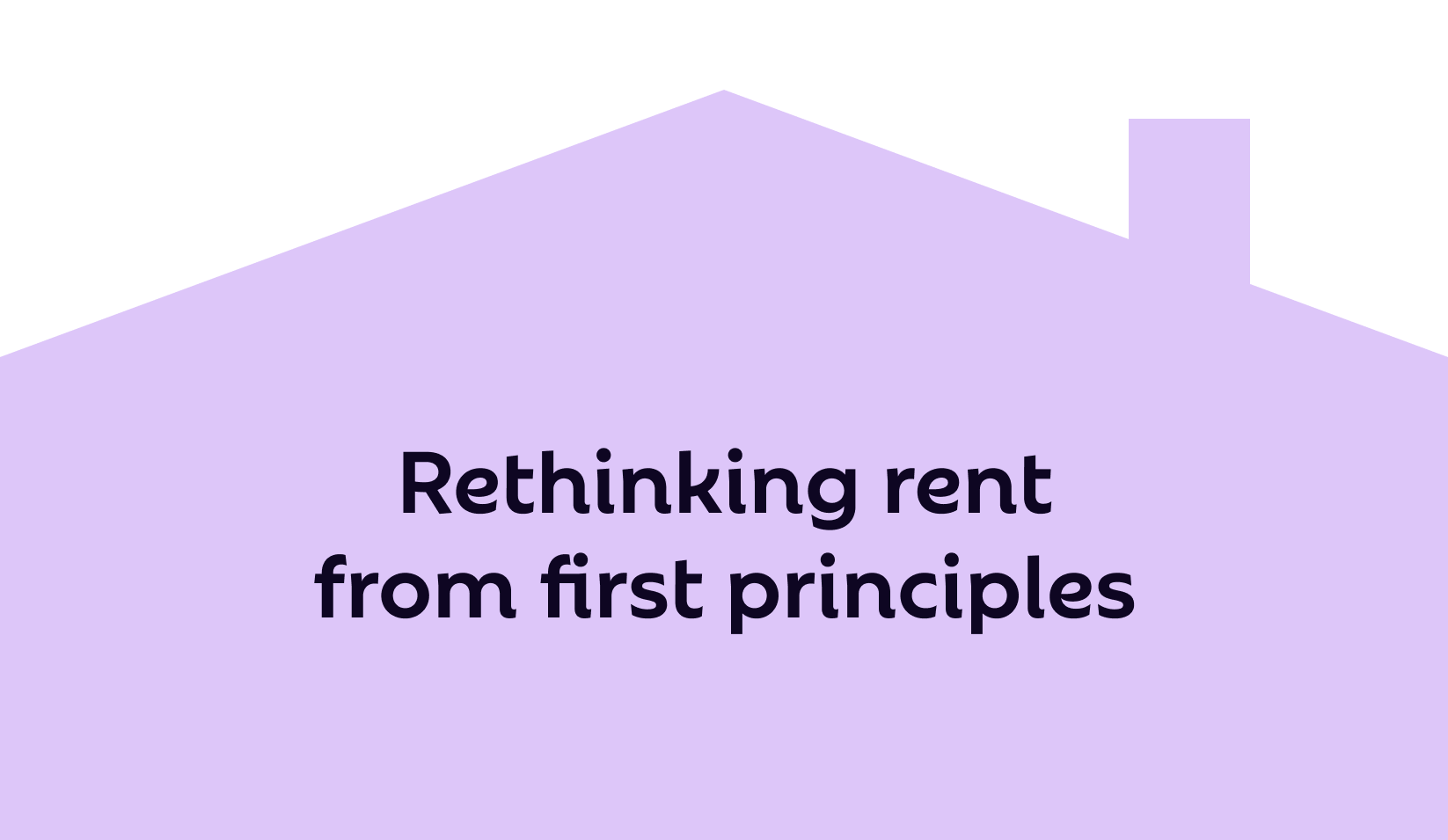Introduction
For decades, rent payments have been structured as a lump sum due on the first of the month—but why? The modern workforce no longer follows a fixed monthly income cycle, yet rent collection remains stuck in the past. This misalignment creates financial stress for renters, cash flow challenges for property managers, and an inefficient rental market that penalizes temporary liquidity issues with compounding fees and evictions.
By applying first principles thinking, we can break down why the traditional rent model exists, why it fails modern renters and landlords, and how flexible rent payments create a better system for everyone.
In This Post, We’ll Explore:
✅ The historical origins of monthly rent payments
✅ Why the current system creates unnecessary financial hardship
✅ How technology enables a more rational rent model
✅ What an optimal, first-principles approach to rent should look like
The Historical Origins of Monthly Rent Payments
The concept of paying rent in full on the first of the month is not based on financial optimization—it is a historical artifact rooted in administrative convenience:
📜 Pre-Industrial Societies: Rent payments were often tied to agricultural cycles, where landowners collected rent after harvests.
🏛 Industrial Revolution: As urbanization grew, landlords adopted a monthly billing cycle to standardize payments for tenants working fixed-wage factory jobs.
💰 20th Century Banking: Monthly rent collection became standard because landlords and banks managed payments manually, making a single, predictable due date easier to process.
While this structure made sense before digital transactions and variable income streams, it is now an outdated relic that no longer aligns with how people earn and manage money.
Why Monthly Rent Payments Create Financial Hardship
The problem with requiring a single, full rent payment on the first of each month is that it doesn’t reflect how people get paid:
📆 Over 50% of renters are paid biweekly or weekly, making it difficult to accumulate the full rent amount by the first of the month.
📉 Wages haven’t kept pace with rent increases, making it harder for tenants to set aside a lump sum for rent while managing other expenses.
💳 Renters often resort to credit cards, payday loans, or overdrafts just to make rent on time, leading to costly fees and cycles of debt.
This mismatch leads to a predictable chain reaction:
❌ Liquidity Mismatch: Renters have the money, but not all at once.
❌ Compounding Penalties: A single late payment triggers fees, increasing financial strain.
❌ Eviction Risks: If renters fall too far behind, eviction becomes inevitable, creating long-term housing instability.
Instead of helping renters stay housed and pay rent on time, the current system punishes them for earning money on a different schedule than landlords expect.
How Technology Enables a Better Rent Model
Historically, landlords collected rent in a single payment because manual accounting and banking systems made flexible payments too complex. Today, technology eliminates these barriers:
💳 Automated Payment Processing: Digital platforms allow tenants to schedule rent payments based on their income cycle instead of a fixed calendar date.
📈 Predictive Analytics: AI and machine learning can predict payment risks and offer renters proactive solutions before they fall behind.
🏠 Integrated Property Management Software: Landlords can receive steady, scheduled rent payments, reducing delinquencies and evictions.
With these advances, there is no practical reason why rent must be collected in a single lump sum. A more rational system would allow flexibility and automation to ensure both tenants and property managers benefit.
A First-Principles Approach to Rent Payments
By stripping rent collection down to its fundamental components and rebuilding it from first principles, we arrive at a model that better serves both renters and property managers:
1️⃣ Rent should be paid on a schedule that matches tenants’ income flow.
- Instead of a fixed due date, tenants should have the ability to align payments with their paycheck schedules.
2️⃣ Late fees should be minimized or eliminated through smarter payment structures.
- A system that prevents late payments in the first place is better than one that punishes tenants for them.
3️⃣ Property managers should receive consistent, predictable cash flow.
- Instead of spikes in revenue followed by collection efforts, landlords can receive steady, automated payments throughout the month.
This model is not only financially smarter, but it also fosters tenant stability, reduces eviction risks, and enhances landlord profitability.
Final Thoughts: The Future of Rent is Flexible
The monthly lump-sum rent payment is an outdated artifact that no longer reflects the financial realities of today’s workforce. By applying first principles thinking, we see that the ideal rent model:
✅ Aligns rent payments with income schedules
✅ Eliminates unnecessary fees and eviction risks
✅ Provides steady, predictable cash flow for landlords
🚀 The future of rent payments is flexible, automated, and designed to work for both tenants and property managers—not against them.
📄 Get the Full Report
📄 Breaking the Fee Cycle: How Flexible Rent Payments Improve Financial Stability and Housing Security
📩 Sign up here 👉 https://getflex.com/newsletter to get updates from Flex—straight to your inbox!


